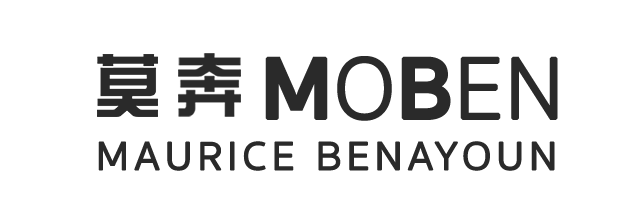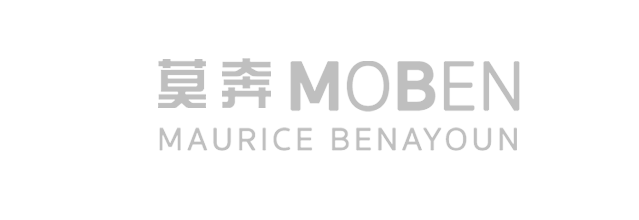Toward an impure art
From Virtual to Public Space
Toward an impure art
(From the conference CAST 0, Bonn 1 Sept. 01, Understanding Mixed Reality? / Spaces for Emergent Communication)
The digital world, with the development of the Internet, leads to consider the end of boundaries in terms of writing space. We are used to saying that political and geographical frontiers have been erased by the upcoming of the Internet, that pictures, text, music, animation film and interactive media are now parts of the same workspace. Outside the Internet there is a limit brandished as the ultimate banner: the limit between the virtual and the real. This goes with the limits between Art and crafts, real life and illusion, tea and milk…
Like the physical space, thanks to the virtual, the area of representation is becoming a space to live in. It shares with our physical environment, properties that had so far been parts of reality, only: the fact that the representation strives towards an unlimited and unpredictable number of possible futures – that is the basis of the virtual; or the fact to be, part of the world, as a visitor of the virtual, to interact with the fictitious environment, and therefore, that this very representation can be altered by our presence.
When we come to understand that virtuality is, at the origins, a property of the ‘real’ world, we should admit that the exchange between fiction and reality would be balanced only if the dynamic and symbolic properties of the virtual representation become part of the physical world.
This explained that, after having been a matter of experiment, in search of specific properties that would only belong to the medium, VR and VE are becoming, like the art of using them, more and more impure. This impurity might characterize the mature stage of the medium, and the merging of the virtual and the physical world is probably the extension of the human trend of converting the objective environment into an informational system. These concerns affect the art world as well. The artist is more and more involved in the development of the understanding of medias, creating new interfaces, adapting the narrative and the building of meaning to new media, bringing the breaks through coming from technology far from the pixel, the sound sample, and the HMD straight to the other fields of human activity.
We now might be able to consider that the digital media brings us back to the time when the artist was in charge of any domain involving the symbolic dimension: painting, writing, music, architecture, communication, events… and, also, together with scientists, of bringing up new visions of our daily environment.
When exploring the potentialities of VR, I have jumped from one side to another of the representation boundaries. Step by step, starting from the computer field of creation, I tried to spread VR over other territories.
The Big Questions ( Is God Flat? 1994 Is The Devil Curved? 1995 And What About Me? 1 and 2 1995-1996) was an attempt to build metaphorical dynamic architectures.
The Tunnels ( The Tunnel under the Atlantic , 1995, The Paris-New Delhi Tunnel , 1997) and Labylogue, 2000, tried to shape distance communication in a dynamic virtual world. They were also a way to develop agents based on dynamic auto profiling (Z-A Profiler) in an informational architectural space. World Skin, a Photo Safari in the Land of War , 1997, and Crossing Talks, Communication Rafting , 1999, were two CAVE installations that helped me to consider the virtual environment as a collective experience which I define as Situation Art.
Art Impact, Collective Retinal Memory constitutes a bridge between the real world and its representation as a collective experience where, thanks to VR and networks, we share the unsharable, the gaze as a painting tool.
Along with this activity, I had to conceive user interfaces to access information through 3D objects and agents for interactive exhibitions, TV, the Web and the computer: Hypercube , HyperTV , HyperWeb , Moving words , Infoskin , Tunnels …
VR contaminated traditional media like TV with the concept of Immersive Television experimented in the pilot of the series Parallel Architectures conceived by Odile Fillion: Instant City (Peter Cook and Archigram).
This activity increasingly deals with the physical space designing exhibitions and cultural theme park scenography, ( New Image, New Networks , 1997, The Man Transformed , 2001, Planet of Vision, Hanover EXPO2000, with the Panoramic Tables , an augmented reality device, together with François Schuiten…), and the next metro station Franklin D. Roosevelt in Paris with Jean Nouvel in which we mixed light, sound, video, Internet and VR in a real architectural project that adds a symbolic dimension to the public space.
Maurice Benayoun 2001
From the conference CAST 0, Bonn 1 Sept. 01
Understanding Mixed Reality? / Spaces for Emergent Communication



